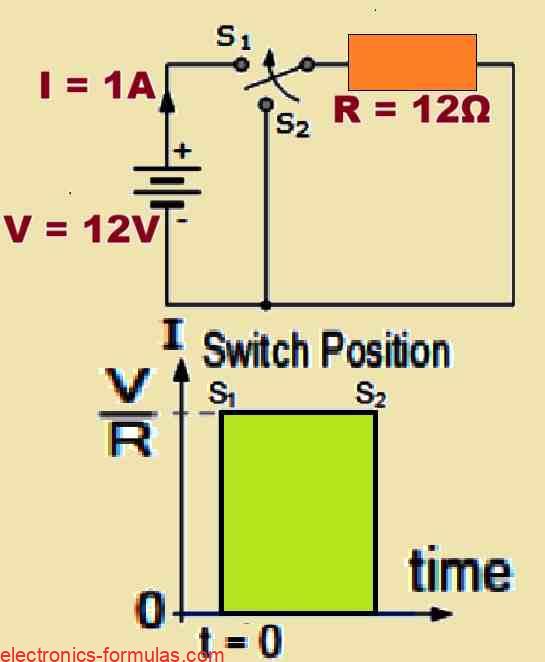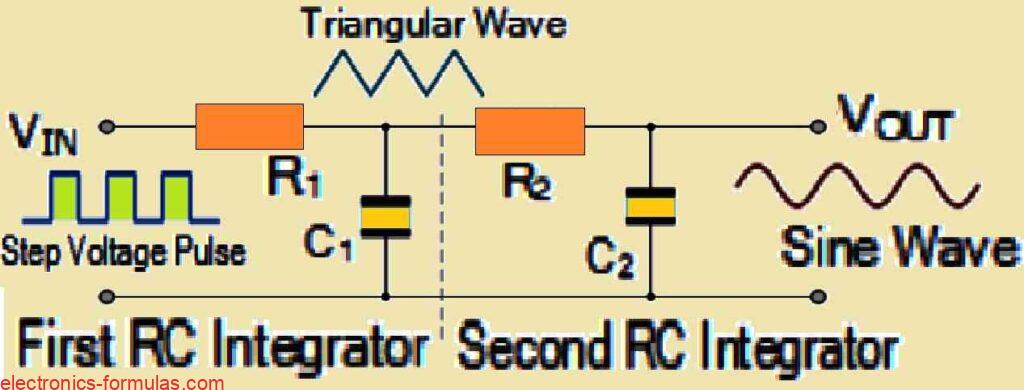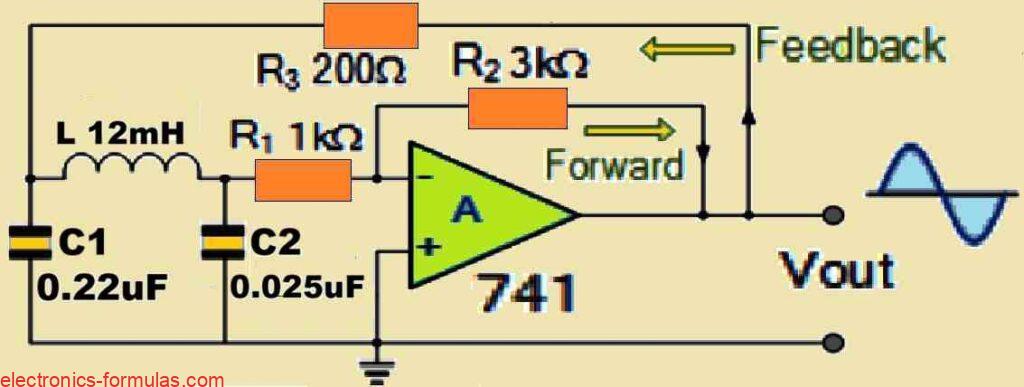If we look at the diodes, their internal construction look fairly straightforward. They are internally built using two sections of semiconductor material, forming what is called a PN-junction. But when we talk about a bipolar junction transistor or a BJT, things get a little more advanced. It involves adding an extra layer of semiconductor material […]
Explained
Time Constant Tau (τ): Explained with Calculations
In this post I will explain you the concept of Tau, or τ, which is the Greek letter we often see in electrical and electronic calculations. It represents what we call the “time constant” of a circuit which is basically a measure of how the circuit behaves over time. Now, when we talk about a […]
Passive RC Integrator Circuit: Explained with Calculations
In a passive RC integrator circuit, we see that the input is actually connected to a resistor, while the output voltage is measured across the capacitor. This setup is basically the complete opposite of what goes on in an RC differentiator circuit. In RC integrator, when we make input signal high, the capacitor then starts […]
RC Time Constant Circuit Explained with Calculations
When we talk about charging a capacitor it is not something that can happen instantly. This is because capacitors have specific current-voltage i-v characteristics that shift depending on time. If you connect a resistor R and a capacitor C together into a circuit, you will get what is called an RC charging circuit. This setup […]
Wien Bridge Oscillator Circuit Explained with Calculations
In the RC Oscillator tutorial, we saw that by connecting resistors and capacitors together with an inverting amplifier we can create an oscillating circuit. One of the simplest ways to generate a sine wave is through a circuit known as the Wien Bridge Oscillator. This oscillator replaces the traditional LC (inductor-capacitor) tuned tank circuit with […]
Colpitts Oscillator Working, Explained with Calculations
Compared to the Hartley oscillator that we looked at in the last lesson, the Colpitts oscillator represents a very different way of designing tuned tank circuits. Similar to the Hartley oscillator which creates a sinusoidal output waveform by implementing an LC resonance sub-circuit between the collector and base of a single-stage transistor (BJT) amplifier, the […]





